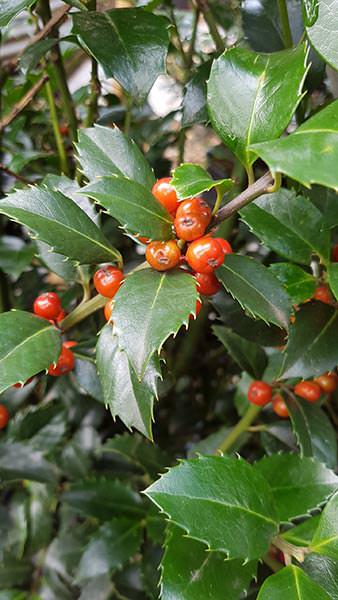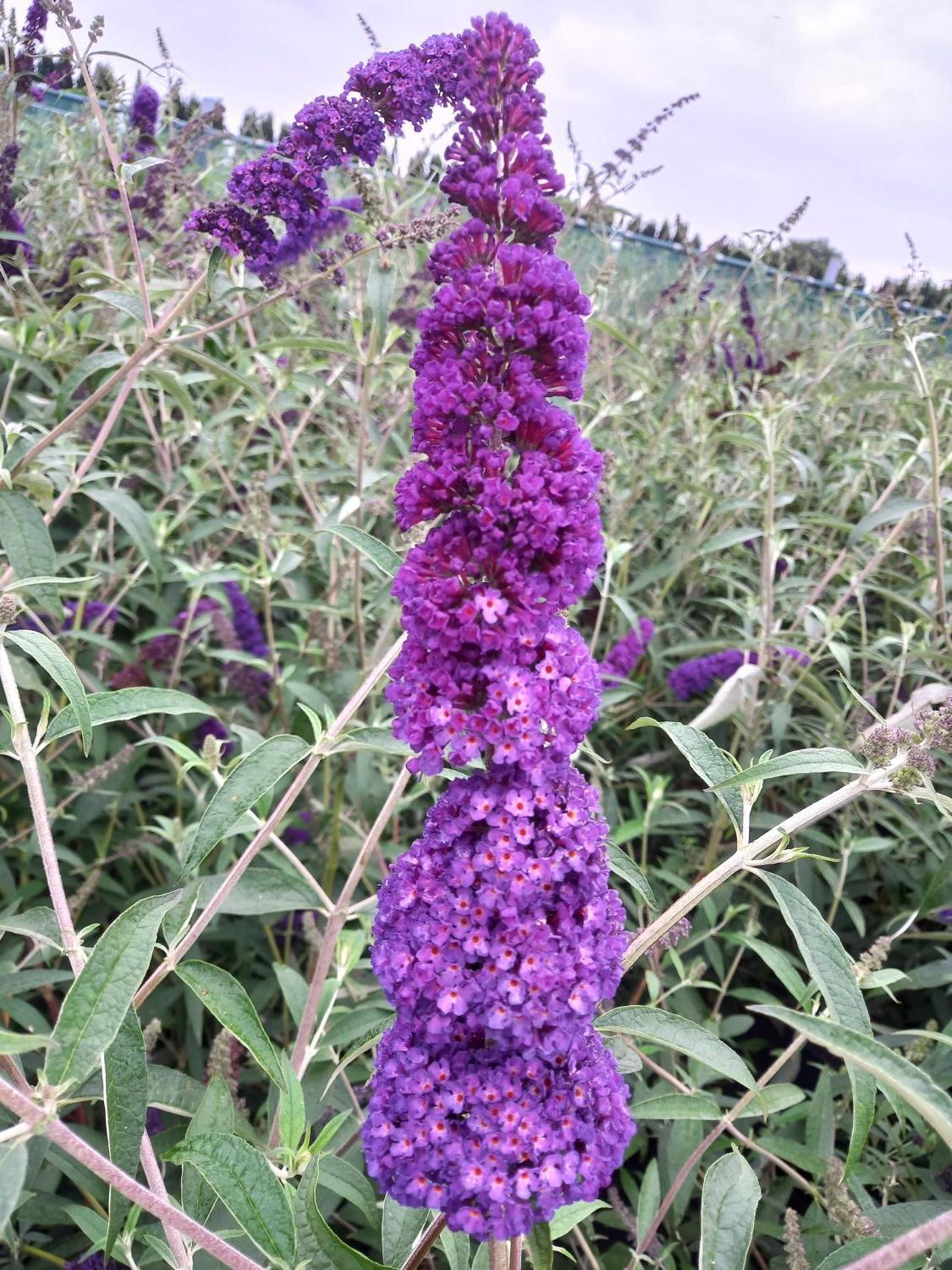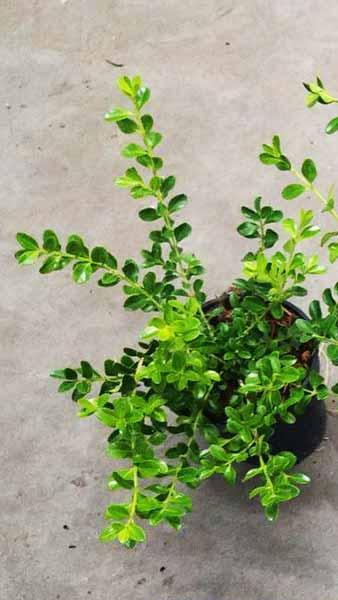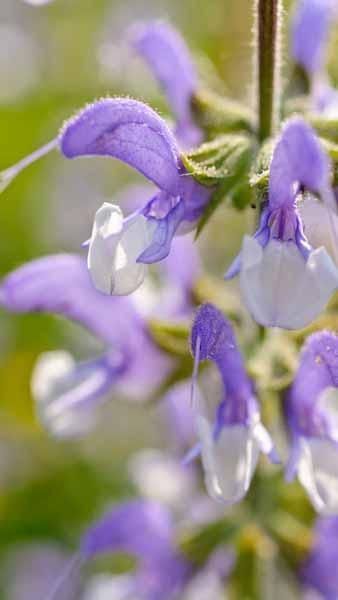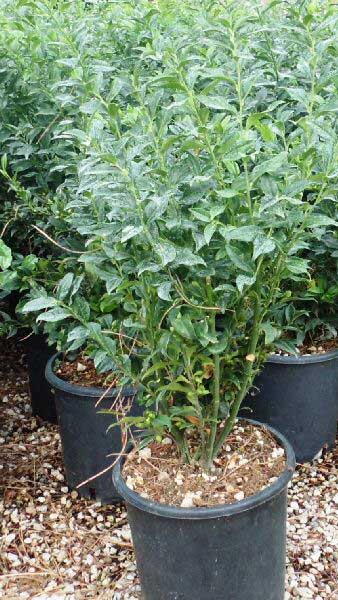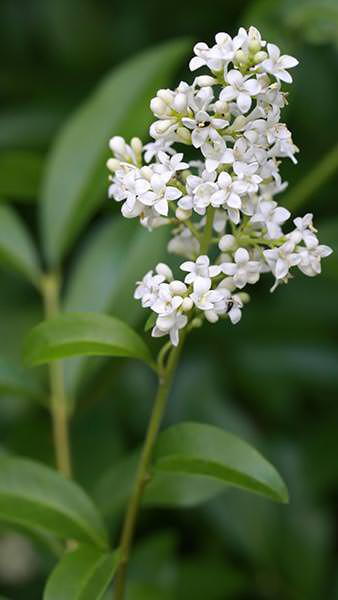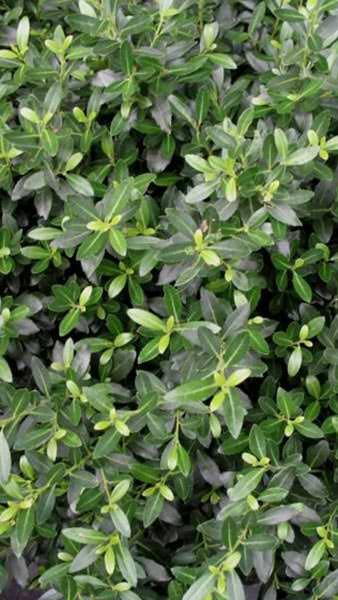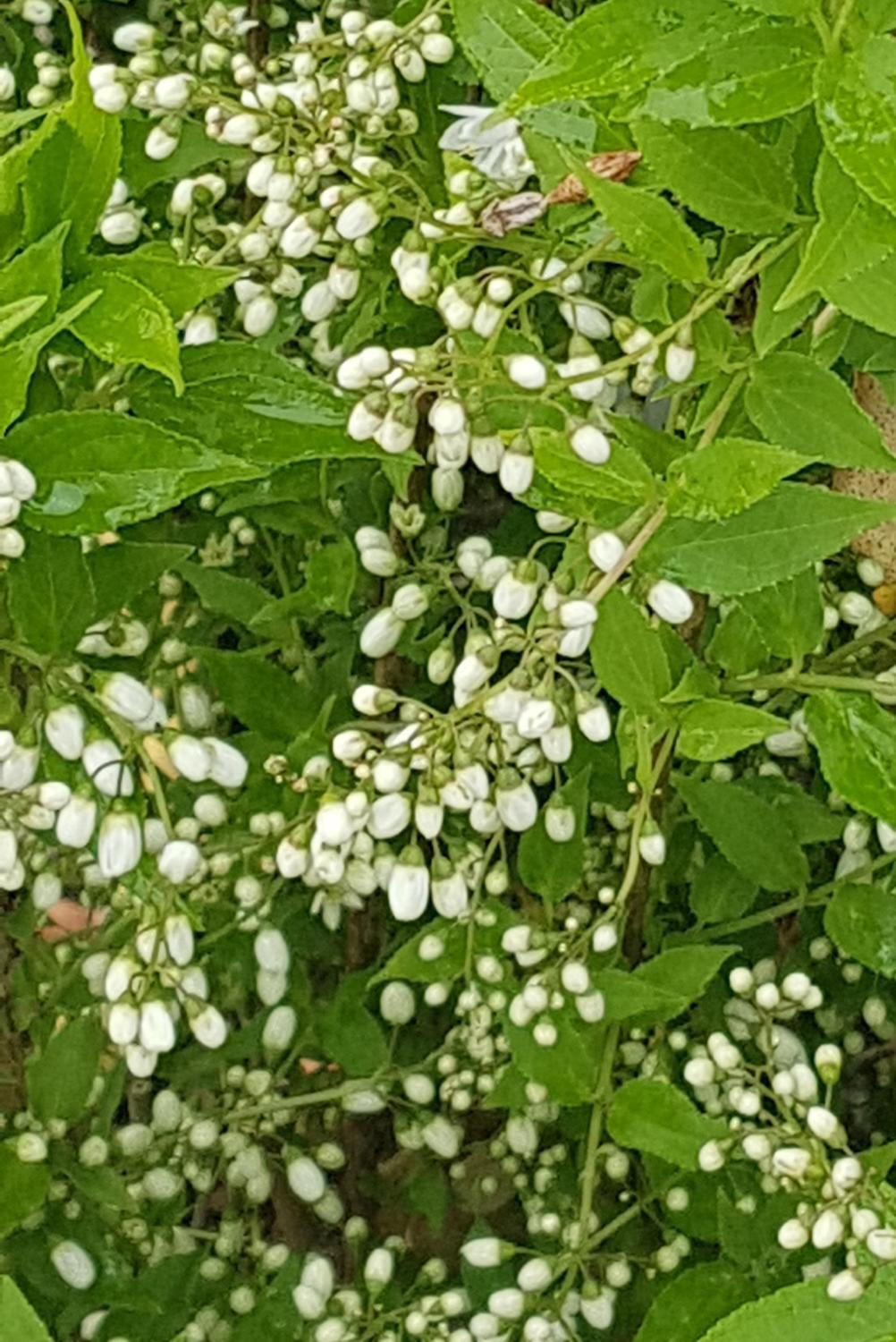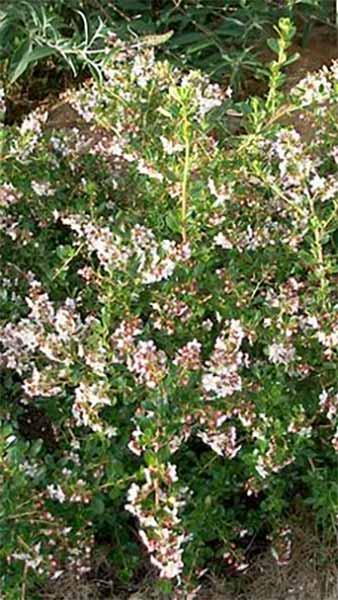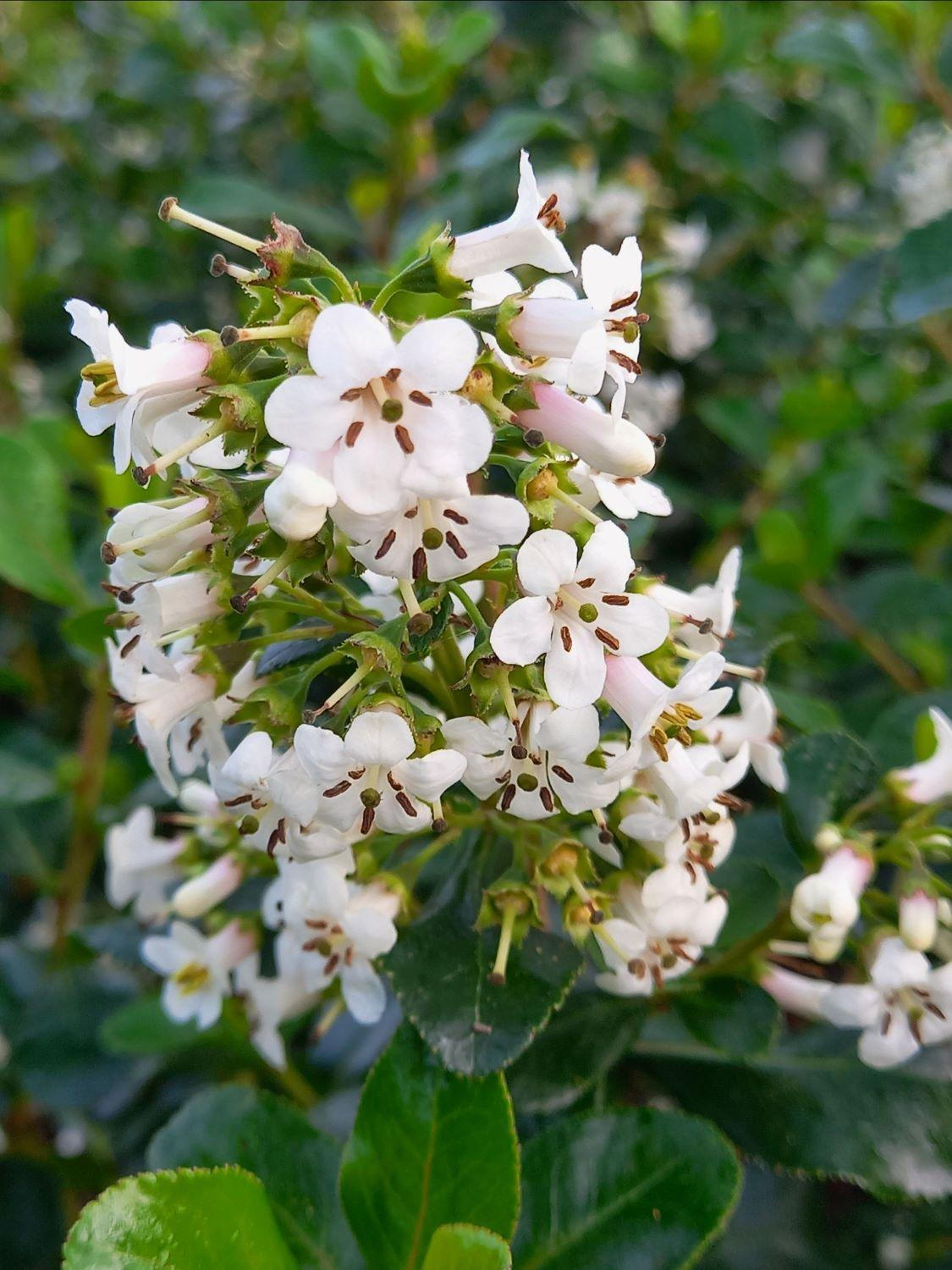Sarcococca Ruscifolia Fragrant Sweet Box. Christmas Box UK
Sarcococca Ruscifolia is also known as Christmas Box or Sweet Box. They are fragrant low growing evergreen shrubs native to China and the Himalayas. These very useful plants are perfect for ground cover, they spread well and they prefer shade or semi-shade and will tolerate being underplanted beneath trees and shrubs and in these conditions they will adapt to dry soil. They will grow in full sun but will need to have moist conditions. They are known as the Sweet Box or Christmas Box because they hit their prime in the depths of winter. Profuse small white flowers appear from winter through to spring, these flowers are incredibly fragrant. The flowers will eventually form into black berries during the summer.Fully hardy throughout most of the United Kingdom, scented Sarcococca Ruscifolia can survive even if the temperatures drop to -15 degrees, but it will appreciate a sheltered location. This robust cultivar is quite tolerant of pollution, dryness and continues to thrive even when neglected. Notoriously low-maintenance, Sarcococca Ruscifolia tends to naturally espalier against walls. If you want to enjoy its famed scent, consider planting it under windows.Not only that Sweet Box is virtually pest and disease free, this tough evergreen shrub requires no pruning to stay in shape. Simply remove any dead, damaged or congested twigs in late spring, and this shrub will flourish. With a slow growth rate, Sarcococca Ruscifolia grows to be around 50 centimetres to 1 meter high and across, staying petite even when fully established.Loved by birds for the berries, Sarcococca Ruscifolia is on the RHS pollinators list.Even though Sarcococca Ruscifolia is not considered particularly showy or eye-catching, this compact, fragrant cultivar certainly has a lot to offer. Christmas Box provides texture and offers year-round interest. With its glossy, narrowly ovate leaves, this shrub brightens up dimly lit corners in the garden, even when the rest of it is covered in snow. Plant it en masse for a fragrant, evergreen border or to beautify shaded, otherwise bare parts of your garden. If you are looking form a mixed shrub border, combine Sweet Box with shade tolerant, evergreen plants such as Juniperus Squamata Blue Carpet or Leucothoe Axillaris Curly RedIf you are looking for plants that will thrive in dappled or full shade, make sure to take a look at our selection of shade tolerant plants. For more plants that dazzle with looks and fragrance both, check out our collection of scented plants.
